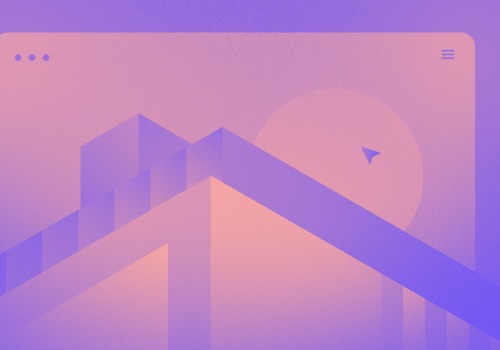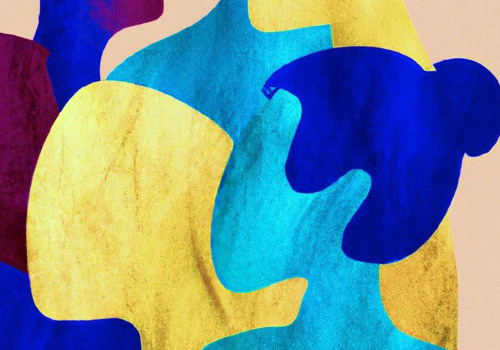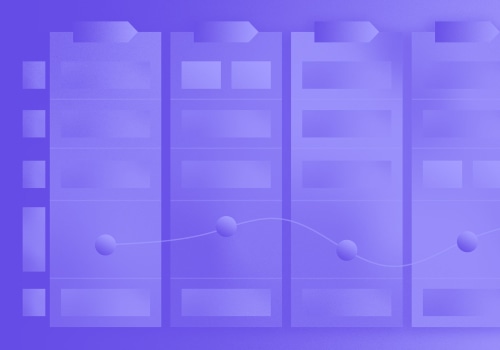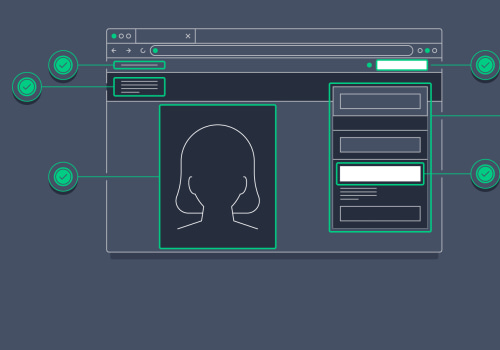A web designer's daily routine involves working on multiple projects for clients, from developing front-end and back-end web pages to creating cutting-edge online creative ads and strategizing a design plan to help achieve customer objectives. Starting the day with a brief overview of the day's needs helps ensure that all the work needed is completed and that anything that needs extra work is properly handled by the next day. Reading emails is also an important part of the day, as it allows designers to review any information that a customer has sent them during the night and map out the best way to address the customer's needs with the various projects being worked on. Web designers also need to keep in touch with their customers, as their needs can change quickly and the designer must incorporate those changes in a timely manner.
Conference calls are also factored into the workplace equation. Web designers oversee the maintenance of multiple websites and pages, ensuring that they are kept up to date and meet industry standards. They also make adjustments to adapt to company changes, such as when one company merges with another. The visual aspects of websites are created by web designers, who meet with customers, online or in person, to get a clear picture of the message that should be portrayed on the website.
Once the details are determined, they create designs, designs, and functions that showcase the customer's services in a way that appeals to the target audience. To generate the right experience for the audience, a designer often researches the audience and studies actions taken on the site to create a website experience that fits a brand's target market. UI design applies UX design principles to a product interface (a site map, layout, or menu). While having a bachelor's degree in a field such as design, communications or marketing could be beneficial, it's unlikely that a traditional four-year college degree would give you all of the skills you would need to be employed as a web designer.
UX design is all about advocating for users and improving usability while also trying to use that extensive user research to identify opportunities and support overall business objectives. Web design can be rewarding and profitable but it can also be incredibly stressful and exhausting. A good web designer needs to provide customers with a document of the development process of their website to show how they are going to create a website. The Bureau of Labor Statistics says that employment of Web Designers is projected to grow by 13 percent through 2026. While there are many independent web designers, many of them have to work with others, especially when it comes to labor-intensive projects.
The User Experience Design bootcamp is designed to introduce the skills and concepts needed to become a UX Designer. Sometimes, having the right tool makes all the difference, so if you like to experiment with new programs or features, web design work will give you endless opportunities to do so. Unfortunately, if the administrative aspect is not properly maintained, problems may arise that will take away from time and energy needed for design work.




